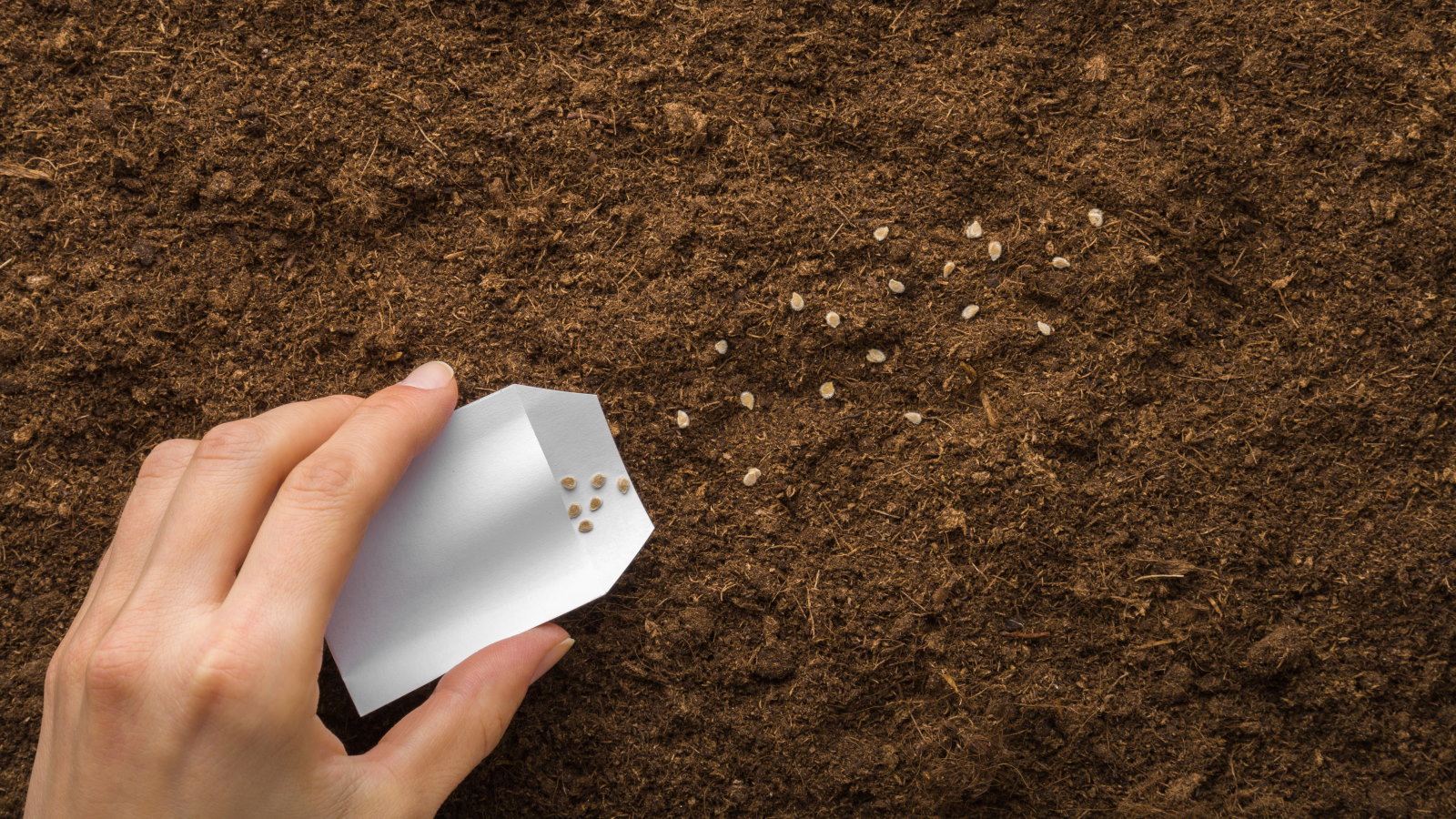
Gardeners will see months of hard work in the garden pay off this season as new flowers and tree buds emerge. But among the hive of activity, there’s still maintenance for anyone growing three specific plants, says gardening maestro Adam Frost . The horticulturist emphasised that "picking the timing" for plant care is crucial during the shoulder season of spring.
He told Country Living: “To decide when to prune , think about how plants behave in nature. In winter, when trees are dormant, they will drop any weak and dead wood, so it's the best time to prune trees. In general, most trees and shrubs should be pruned after they have flowered.

" Technique is everything when it comes to pruning, and Adam emphasised the importance of tackling the three D’s: "Dead, diseased and damaged wood”. Adam instructed: “Cut stems on a slant as this encourages rainwater to drain away.” To maintain plant vigour, always cut close to a healthy leaf bud.
If you leave too much of the stem above a cut, it will die back and can cause infection. The green-fingered expert urged, “Look for a bud that is outward-facing. If branches grow inwards, they tend to become congested.
" As for what to prune, flora, including lavender, buddleia, and ornamental grasses, are typically snipped back in spring. Pruning paves the way for new growth and stimulates a flourishing display of blossoms, foliage, and vibrant stems across a diverse array of plants. Lavender If you're keen to prune like a professional, Mediterranean shrubs such as lavender are best pruned in spring, following the harsh winter conditions.
This is favourable as the old stems and flowers protect new shoots from frost during winter. In early April, cut lavender stems back by one-third to one-half, focusing on green sections and avoiding cutting into old, woody wood to encourage new growth and a compact shape. Other tender shrubs that should be pruned in spring include cistus and rosemary.
Buddleia Flowering shrubs that bloomed in the summer, including fuchsia and buddleia, should be cut back hard in spring to stimulate a burst of new growth from the base of the plant. This will ensure plenty of flowers for the upcoming season. First, trim back the top growth to around half its height for better access to the base of the plant.
Cut through the thick woody stems, around 30cm above the ground and, where possible, prune just above a bud or growing shoot. Using a pruning saw or lopper, remove any dead stubs and branches. Aim to produce a short, strong framework of five to six main branches.
If you don't prune your buddleia, it will get taller and scruffier-looking, and the amount of big, bold blooms you get per square foot of shrub will decline. These will gradually be replaced with twiggy, leafy growth with small flowers. Ornamental grasses Deciduous grasses like Miscanthus that have stood over winter can be cut back hard from March.
All the brown growth should be removed, leaving any new green stems behind. Use secateurs for smaller clumps, removing each old stem individually and being careful not to cut off the emerging new shoots. Hedge trimmers can remove larger clumps, but you should leave about 10cm of the old stems to avoid cutting through new growth.
.















